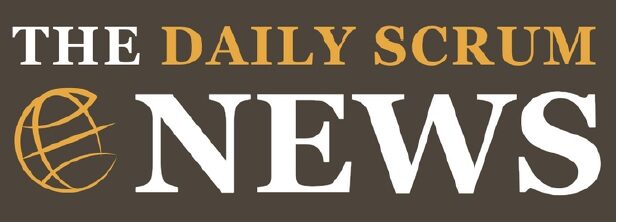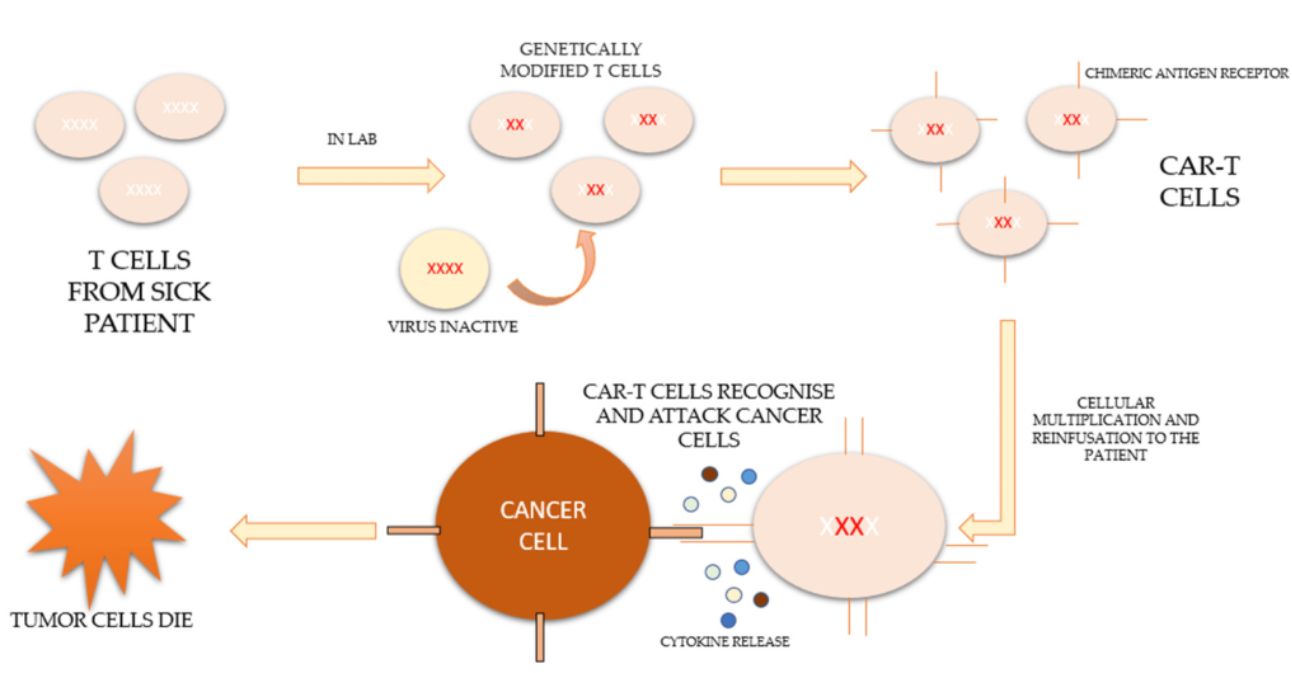Sentinel Node Biopsy Market Is Estimated To Witness High Growth Owing To Rising Incidences Of Cancer
- Ronak Shah
- World News
- January 1, 2025

The sentinel node biopsy market is estimated to be valued at US$ 752.1 Mn in 2024 and is expected to exhibit a CAGR of 7% over the forecast period 2024- 2031, as highlighted in a new report published by Coherent Market Insights.
The growth of the sentinel node biopsy market can be attributed to the rising incidences of breast cancer and melanoma across the globe. According to WHO, breast cancer is the most common cancer in women, impacting 2.3 million women each year. While melanoma skin cancer is the fifth most common cancer globally. Sentinel node biopsy is a minimally invasive staging procedure that helps determine if the cancer has spread from the primary tumor site to the lymph nodes. Furthermore, technological advancements in diagnosis methods such as radioactive tracer aided detection is also fueling the market growth.
Key Market Trends:
Increasing adoption of radioactive tracers– Radioactive tracer guided sentinel lymph node biopsy procedures are gaining popularity over dye-guided procedures owing to benefits such as accurate identification of sentinel lymph nodes. For instance, technetium-99m (Tc-99m) radioactive colloid tracers are commonly used in lymphatic mapping and sentinel lymph node biopsy procedures for breast cancer.
Growing demand for minimally invasive procedures- Preference for minimally invasive techniques over radical surgeries in cancer staging is expected to contribute to the market growth. Sentinel node biopsy is a less invasive staging method compared to complete lymph node dissection. It assists surgeons in determining the requirement of further treatment such as chemotherapy or radiation therapy. More coverage can be found in the sample copy.
Sentinel Node Biopsy Market Opportunity
The rising prevalence of cancer cases across the globe is one of the major drivers of the sentinel node biopsy market. According to WHO, cancer is one of the leading causes of mortality worldwide, responsible for nearly 10 million deaths in 2020. Breast cancer alone accounts for nearly 12% of all new annual cancer cases globally. Sentinel node biopsy plays a crucial role in staging of breast cancer and helps determine the need for additional treatment procedures. With increasing cancer risk factors such as sedentary lifestyle, obesity, aging population etc., the demand for accurate diagnosis and treatment of cancer is expected to surge in the coming years.
Constant technological innovations are expanding the potential applications and improving accuracy of sentinel node biopsy procedures. Advent of radio-guided occult lesion localization (ROLL) and use of radio tracers such as Technetium-99m has enabled detection of sentinel lymph nodes more precisely. Integration of AI and machine learning algorithms can help analyze medical images from sentinel node biopsies with higher efficiency. Handheld gamma probes and intraoperative probes are being developed to assist surgeons in real-time identification of lymph nodes during surgeries. Blue dye imaging technologies have further improved visualization of sentinel nodes. Growing R&D investments by market players to develop advanced biopsy devices, imaging solutions and radio tracers will augment market growth during the forecast period.
Key Market Takeaways:
The global sentinel node biopsy market is anticipated to witness a CAGR of 7% during the forecast period 2024-2031, owing to rising prevalence of breast cancer and technological advancements.
By Product Type, the Blue Dye Tracers segment is expected to hold a dominant position with over 30% revenue share in 2024, owing to high accuracy and use in majority of sentinel node biopsy procedures.
By Application, the Breast Cancer segment accounted for the largest market share in 2019 owing to rising breast cancer incidences globally.
On the basis of region, North America is expected to hold a dominant position over the forecast period, due to presence of leading market players, higher adoption of advanced diagnostic technologies and rising healthcare spending.
Competitor Insights:
Hologic Inc
Stryker Corporation, BD
Cook Medical
R. Bard
Recent Developments in Sentinel Node Biopsy Market
The increasing global prevalence of various cancers acts as a key driver for the sentinel node biopsy market. As per the World Cancer Research Fund International, roughly 19.3 million new cancer cases and 10 million cancer deaths were reported worldwide in 2020. The four major types of cancer that are often treated using sentinel lymph node biopsy are breast cancer, melanoma, head & neck cancer and Merkel cell carcinoma. Rise in unhealthy lifestyle habits such as smoking, drinking, lack of exercise and consumption of processed foods has amplified the burden of cancer incidence globally. This has intensified the need for efficient staging procedures to determine appropriate treatment plans.
One approach involves training deep learning models to analyze contrast-enhanced CT or MRI scans. The models learn to identify lymphatic vessels and predict the most likely drainage patterns. Preliminary studies have found AI-predicted sentinel lymph node locations match surgically-confirmed locations in over 80% of breast cancer patients. Full coverage of the report available here.








